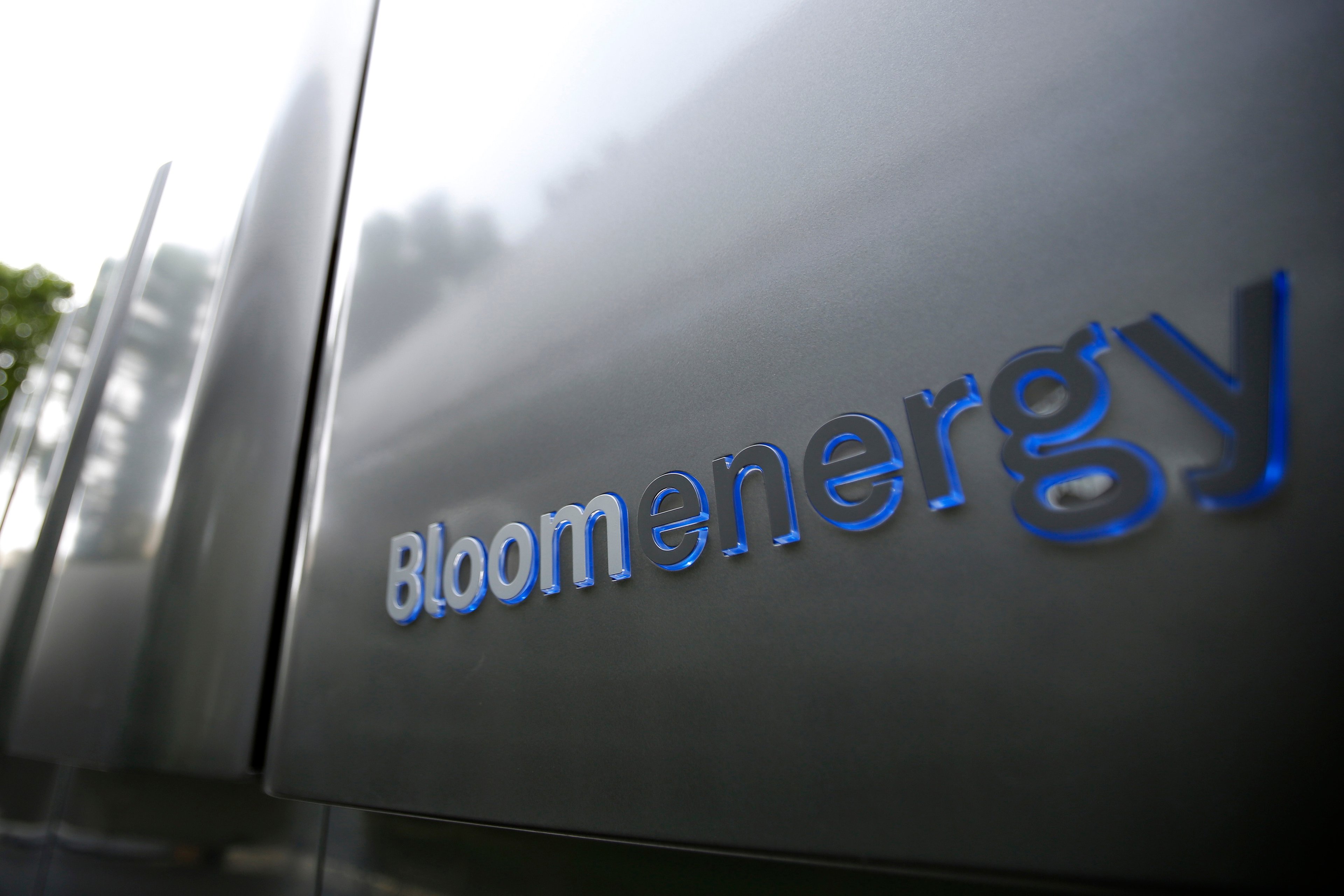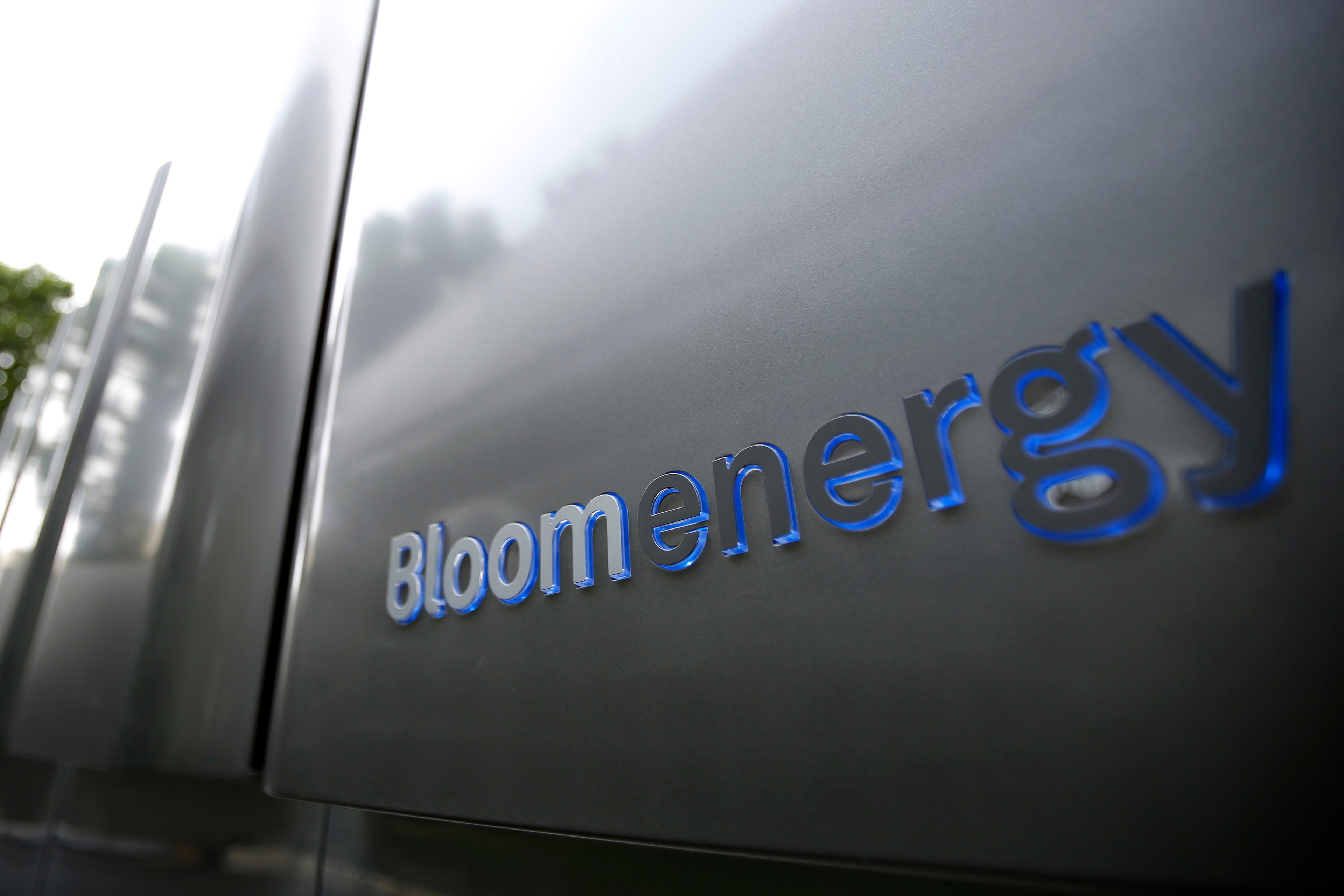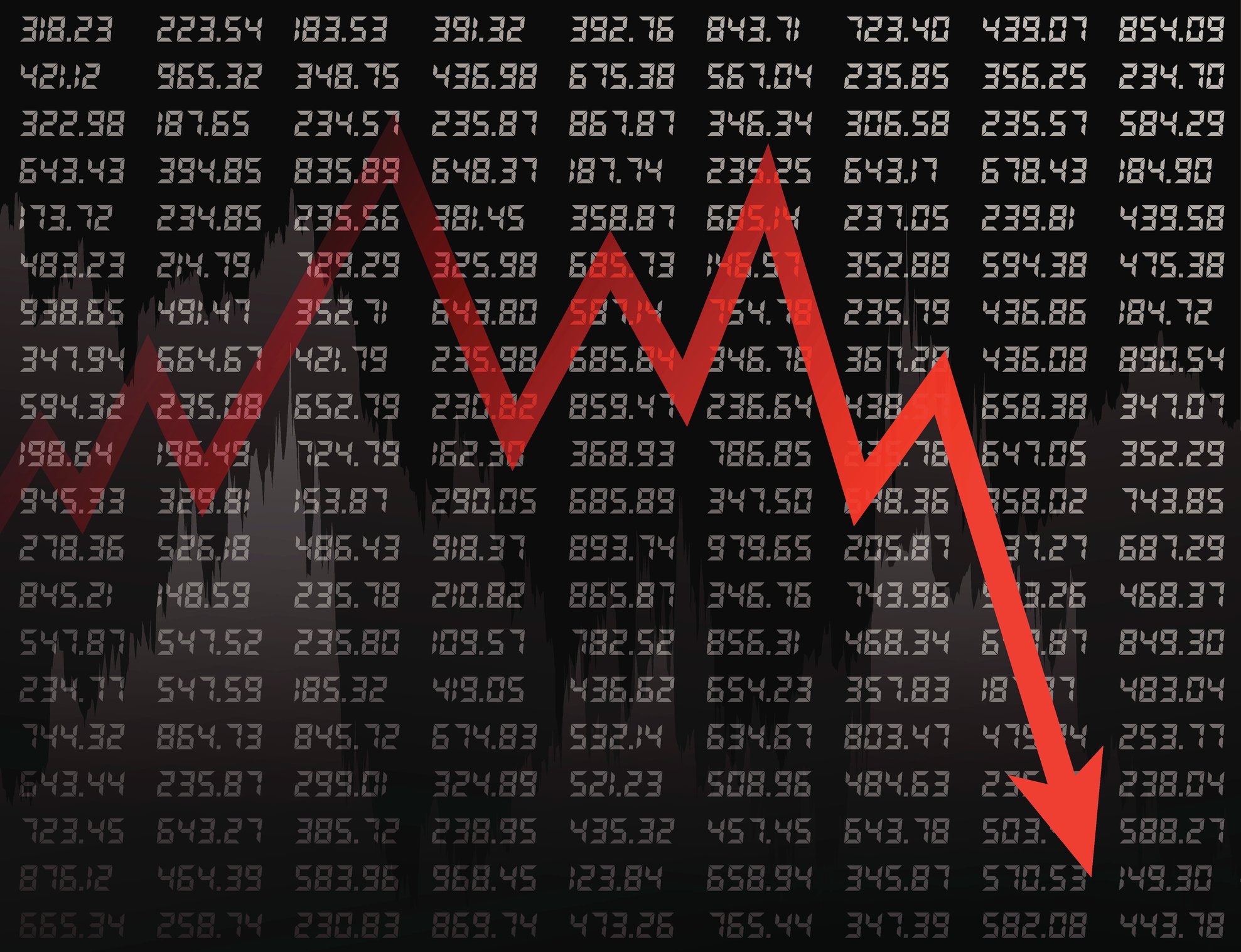After it dipped nearly 4% lower last week, shares of fuel cell specialist Bloom Energy (BE +5.92%) reversed their downward trajectory and shot into the stratosphere this week. In addition to news that the company would help support the artificial intelligence (AI) industry, two analysts' increasingly bullish outlook on Bloom Energy stock provided Main Street investors with more reasons to bid Bloom stock higher.
According to data provided by S&P Global Market Intelligence, shares of Bloom Energy had soared 32.5% from the end of trading last Friday through the close of Thursday's trading session.

Image source: Getty Images.
The details of the recent deal
On Monday, Bloom Energy announced Brookfield Asset Management (BAM +0.26%) will make an investment of up to $5 billion to deploy Bloom's fuel cell technology to support AI infrastructure. Exploring the development of AI factories located around the world, the two companies expect to announce a European site that will demonstrate this capability before the end of 2025.

NYSE: BE
Key Data Points
It didn't take long before analysts started to wax bullish on Bloom stock after it announced the deal with Brookfield. The next day UBS analyst Manav Gupta hiked the price target on Bloom stock to $115 from $105 based on the potential of the Brookfield partnership, and BMO Capital lifted its price target to $97 from $33.
Has the time to buy Bloom Energy stock passed you by?
The market's seemingly insatiable appetite for AI exposure touched on Bloom Energy this week, and shares are now trading at a lofty 131 times forward earnings. While the fuel cell specialist is arguably the most promising opportunity among its fuel cell peers, the stock's steep valuation suggests that it may be better to watch it from the sidelines for the time being and wait for a pullback before clicking the buy button.
And with respect to the analysts' price targets -- take them with a grain of salt. Analysts often have shorter investing horizons than the multiyear holding periods serious investors tend to favor; therefore, they shouldn't be a priority when investors form investing theses.





